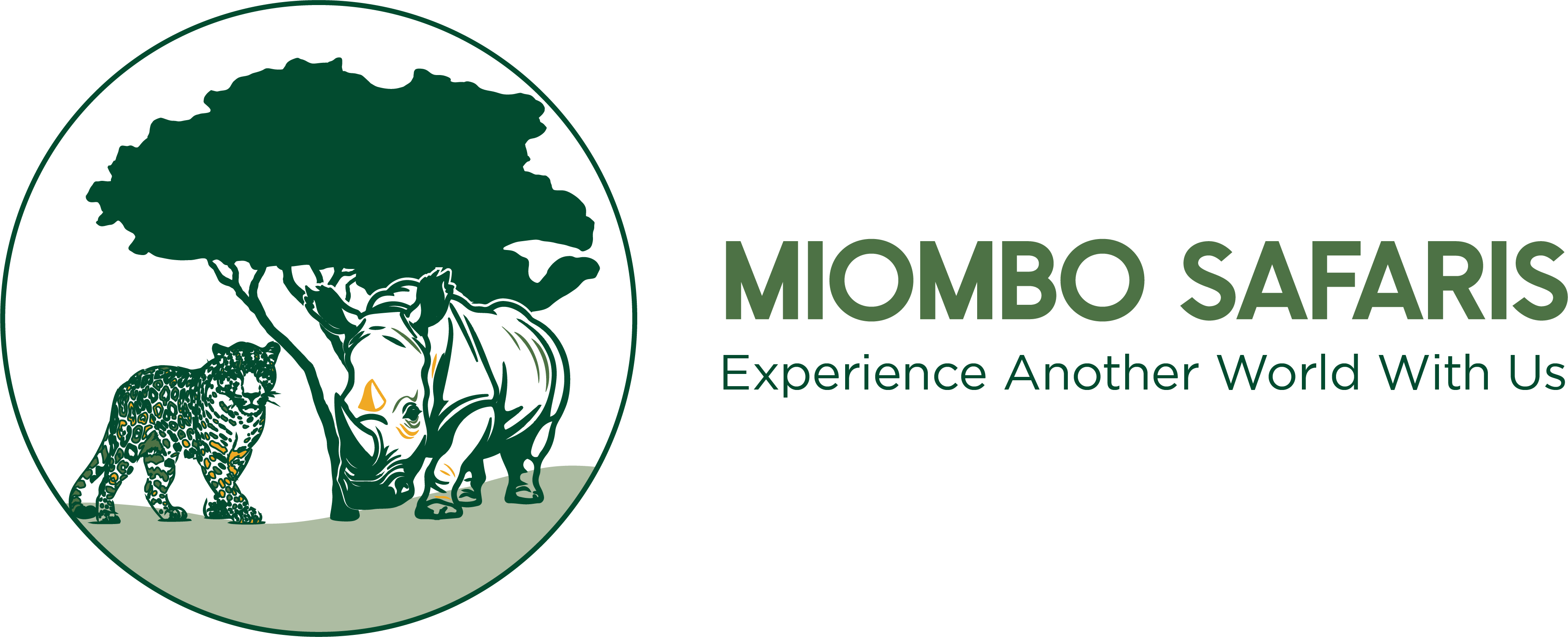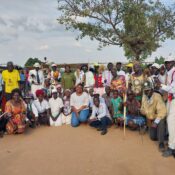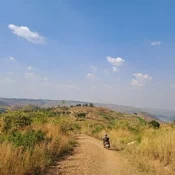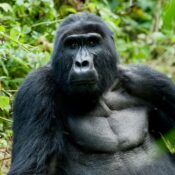Why Choose Uganda for Your Safari Adventure
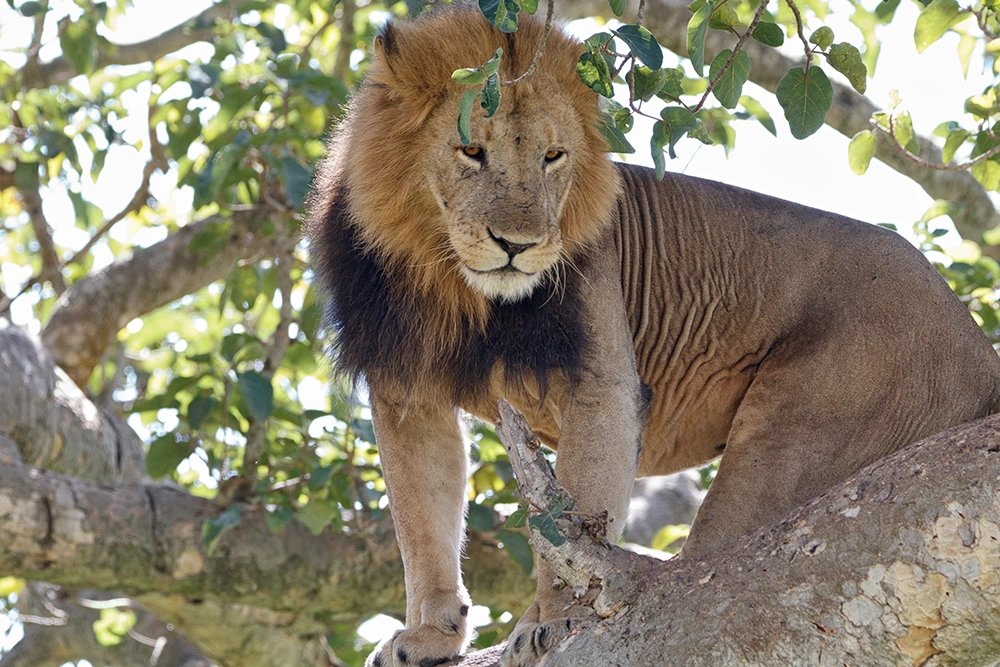

Why Choose Uganda for Your Safari Adventure
This captivating country boasts a kaleidoscope of natural wonders, from lush rainforests to sprawling savannas teeming with wildlife. Join us on a journey through Uganda’s national parks, where encounters with majestic gorillas, playful chimps, and a myriad of unique species await. Discover the cultural richness of Uganda through vibrant tribal traditions and immersive community experiences.
As we delve into the practicalities of planning your Uganda safari, get ready to embark on an unforgettable adventure that promises to leave a lasting imprint on your soul. Come along as we unravel the allure of Uganda for your next safari escapade.
Uganda – A Hidden Gem for Safari Enthusiasts
Uganda, often referred to as the “Pearl of Africa,” is a captivating destination that offers a unique and unforgettable safari experience. Tucked away in the eastern region of the continent, Uganda remains relatively untouched by mass tourism, allowing visitors to immerse themselves in its natural beauty and abundant wildlife. With its diverse landscapes, ranging from dense rainforests to expansive savannas, Uganda is home to an impressive array of flora and fauna.
Renowned for its national parks and reserves, Uganda offers an unrivaled opportunity to witness some of the most incredible wildlife on the planet. From the iconic Big Five – lions, elephants, buffalos, leopards, and rhinoceros – to rare and endangered species like mountain gorillas and chimpanzees, the country’s biodiversity is simply astounding.
But Uganda’s appeal extends beyond its wildlife. This vibrant nation is also a melting pot of cultures, with over 50 different tribes inhabiting the country. Each tribe has its unique traditions, languages, and customs, offering visitors a chance to delve into the rich cultural heritage of Uganda.
In this comprehensive guide, we will take you on a virtual journey through Uganda’s national parks, showcasing the remarkable wildlife that calls them home. We will delve into the exhilarating experiences of gorilla and chimp trekking, providing insights into the importance of responsible tourism in protecting these endangered species. Additionally, we will explore the cultural tapestry of Uganda, highlighting the diverse tribes and the immersive cultural experiences available to visitors.
Whether you are a wildlife enthusiast, an adventure seeker, or a cultural explorer, Uganda has something to offer for everyone. So, pack your bags, put on your safari hat, and get ready to discover why Uganda is the ultimate destination for your next safari adventure.
The Biodiversity of Uganda’s National Parks
Uganda’s national parks are a haven for biodiversity, boasting a remarkable array of flora and fauna that rival some of the most famous safari destinations in the world. From the dense rainforests to the vast savannas, these protected areas provide a sanctuary for numerous species, making them a paradise for wildlife enthusiasts and nature lovers.
Overview of Uganda’s Rich Wildlife
Uganda is home to an astonishing diversity of wildlife, including the iconic Big Five – lions, elephants, buffalos, leopards, and rhinoceros. These majestic creatures can be spotted in various national parks across the country, offering thrilling game drives and unforgettable encounters with nature’s giants.
In addition to the Big Five, Uganda is renowned for its primate populations. The country is one of the few places in the world where you can embark on gorilla trekking and encounter these gentle giants up close in their natural habitat. Chimpanzees, golden monkeys, and other primate species also inhabit the forests of Uganda, making it a prime destination for primate enthusiasts.
Key National Parks and Reserves
Uganda’s national parks and reserves are spread across the country, each offering a unique and distinct experience. Here are some of the must-visit parks:
- Bwindi Impenetrable National Park: This UNESCO World Heritage Site is famous for its population of mountain gorillas. Trekking through the dense forest to observe these incredible creatures in their natural habitat is an experience like no other.
- Queen Elizabeth National Park: Located in the western part of Uganda, this park is known for its diverse ecosystems, including savannah, wetlands, and forests. It is home to a wide range of wildlife, including elephants, lions, hippos, and over 600 species of birds.
- Murchison Falls National Park: Situated along the Nile River, this park is named after the impressive Murchison Falls, where the Nile squeezes through a narrow gorge. Visitors can spot elephants, giraffes, crocodiles, and an abundance of birdlife.
- Kibale National Park: This park is a haven for chimpanzee trekking, with one of the highest concentrations of primates in Africa. It also offers opportunities for birdwatching, nature walks, and exploration of the Bigodi Wetland Sanctuary.
Unique Wildlife Species to Spot in Uganda
Uganda’s national parks are not only home to the Big Five and primates but also host a plethora of unique and rare species. The country is a birdwatcher’s paradise, with over 1,000 bird species, including the Shoebill stork, African fish eagle, and the colorful Great Blue Turaco.
Other notable wildlife species found in Uganda include the tree-climbing lions of Ishasha, the endangered Rothschild’s giraffes in Murchison Falls National Park, and the playful golden monkeys in Mgahinga Gorilla National Park.
In the following sections, we will delve deeper into the specific national parks and their wildlife, providing you with a comprehensive understanding of the incredible biodiversity that awaits you in Uganda.
Unforgettable Gorilla and Chimp Trekking in Uganda
Uganda offers a once-in-a-lifetime opportunity to embark on gorilla and chimp trekking adventures, allowing visitors to closely observe these remarkable primates in their natural habitats. These immersive experiences are not only awe-inspiring but also contribute to the conservation efforts aimed at protecting these endangered species.
Gorilla Trekking: A Once-In-A-Lifetime Experience
Gorilla trekking is undoubtedly one of the most coveted wildlife encounters in the world, and Uganda is home to almost half of the world’s remaining mountain gorilla population. The primary destination for gorilla trekking in Uganda is Bwindi Impenetrable National Park, a UNESCO World Heritage Site.
During a gorilla trekking expedition, visitors hike through the dense forest accompanied by experienced guides and trackers. The trek can vary in duration and difficulty, but the reward is immense – an up-close encounter with these gentle giants. Observing gorillas in their natural habitat is a humbling experience, as you witness their intricate social interactions, playful behavior, and sheer strength.
It is important to note that gorilla trekking permits are required and in limited supply to ensure the protection and conservation of the gorillas. It is advisable to book permits well in advance, as they tend to sell out quickly.
Chimp Trekking: A Unique Primate Encounter
In addition to gorilla trekking, Uganda offers the opportunity to go chimp trekking in several national parks, most notably Kibale National Park and Budongo Forest Reserve. These areas are known for their high concentration of chimpanzees, making them ideal destinations to observe and learn about these intelligent and charismatic creatures.
Chimp trekking involves hiking through the lush forests in search of chimpanzee communities. As you follow the calls and signs left by the chimps, you will have the chance to witness their playful antics, grooming rituals, and interactions with each other. The experience of being in close proximity to these fascinating primates is truly unforgettable.
Similar to gorilla trekking, permits are required for chimp trekking and should be obtained in advance to secure your spot.
Responsible Tourism: Supporting Conservation Efforts
Gorilla and chimp trekking in Uganda not only provide incredible wildlife encounters but also contribute to the conservation and protection of these endangered species. The revenue generated from permits goes directly towards conservation efforts, including habitat preservation, anti-poaching initiatives, and community development projects.
By participating in these activities, visitors actively support the conservation of gorillas and chimpanzees, ensuring their survival for future generations. It is crucial to adhere to the guidelines and regulations set by the park authorities and guides to minimize the impact on the primates and their habitats.
In the next section, we will explore the cultural richness of Uganda, delving into the diverse tribes and their traditions, offering a well-rounded experience for safari enthusiasts seeking both wildlife encounters and cultural immersion.
The Cultural Richness of Uganda
Uganda is not only a paradise for wildlife enthusiasts but also a country rich in cultural diversity. With over 50 different tribes, each with its own unique traditions, languages, and customs, Uganda offers visitors a chance to immerse themselves in the vibrant tapestry of its cultural heritage.
The Diversity of Uganda’s Tribes
Uganda is a melting pot of tribes, each with its distinct identity and cultural practices. Some of the prominent tribes include the Baganda, Banyankole, Basoga, Acholi, and Karamojong, among many others. These tribes have rich histories and traditions that have been passed down through generations.
From the royal traditions of the Baganda kingdom to the nomadic pastoralist lifestyle of the Karamojong, exploring the cultural diversity of Uganda is like stepping into a living museum. Visitors have the opportunity to interact with local communities, learn about their heritage, and gain a deeper understanding of their way of life.
Cultural Experiences and Community Visits
To fully appreciate Uganda’s cultural richness, engaging in community visits and cultural experiences is highly recommended. These interactions provide a chance to witness traditional ceremonies, learn local crafts, participate in traditional dances, and even try traditional cuisines.
Visiting a traditional village allows you to observe daily activities such as farming, weaving, and pottery-making, giving insights into the traditional livelihoods of the local communities. Engaging with community members also provides an opportunity to support local artisans by purchasing their handmade crafts and products.
Traditional Music and Dance
Music and dance play a significant role in the cultural fabric of Uganda. Each tribe has its unique traditional music and dance styles, often accompanied by traditional instruments such as drums, xylophones, and harps. These vibrant performances showcase the energy, rhythm, and storytelling elements deeply rooted in Ugandan culture.
Attending cultural performances and music festivals, such as the Ndere Cultural Center in Kampala or the Bayimba International Festival of the Arts, provides a glimpse into the dynamic and diverse music and dance traditions of Uganda.
In the following section, we will delve into the practical information you need to know when planning your safari adventure in Uganda. We will discuss the best time to visit, transportation options, and essential health and safety tips to ensure a smooth and enjoyable experience.
Practical Information for Planning Your Uganda Safari
Planning a safari adventure in Uganda requires careful consideration of various practical aspects to ensure a smooth and enjoyable experience. In this section, we will provide you with essential information on the best time to visit, transportation options, and important health and safety tips.
Best Time to Visit Uganda
The best time to visit Uganda for a safari largely depends on your specific interests and preferences. The country enjoys a tropical climate, with two main seasons – the dry season and the wet season.
The dry season, which runs from June to September and December to February, is generally considered the best time for wildlife viewing. During this period, the vegetation is less dense, and animals tend to gather around water sources, making them easier to spot. It is also a popular time for gorilla and chimp trekking. However, it is worth noting that this is also the peak tourist season, so expect larger crowds and higher accommodation rates.
The wet season, from March to May and October to November, brings lush greenery and fewer tourists. Although wildlife sightings may be more challenging due to the thicker vegetation, this is an excellent time for birdwatching, as migratory birds flock to Uganda. Additionally, some lodges and tour operators offer discounted rates during the low season.
How to Get Around
To explore Uganda’s national parks and other attractions, various transportation options are available:
- Domestic Flights: Domestic flights connect major cities and national parks, offering a convenient and time-saving option for long distances.
- Road Travel: Uganda has a well-connected road network, and traveling by road allows you to enjoy the scenic beauty of the countryside. Private transfers, rental cars, and organized tours are common options for road travel.
- Public Transport: Public buses and minibusses, known as matatus, are an affordable option for traveling within the country. However, they can be crowded and less comfortable compared to private transportation.
Health and Safety Tips
Before embarking on your Uganda safari adventure, it is important to take necessary health and safety precautions:
- Vaccinations: Ensure you are up to date on routine vaccinations and consider additional vaccinations such as yellow fever, typhoid, hepatitis A and B, and meningitis. Consult with a travel health professional for personalized advice.
- Malaria Prevention: Uganda is a malaria-endemic country, so it is crucial to take preventive measures such as taking antimalarial medication, using mosquito repellents, and sleeping under mosquito nets.
- Travel Insurance: Obtain comprehensive travel insurance that covers medical expenses, trip cancellation, and evacuation in case of emergencies.
- Wildlife Safety: Follow the guidelines provided by park authorities and guides during gorilla and chimp trekking. Maintain a safe distance and avoid touching or feeding the animals.
- Respect Local Customs: Respect the cultural norms and traditions of the local communities. Dress modestly, ask for permission before taking photographs, and be mindful of local customs and sensitivities.
By being prepared and taking necessary precautions, you can ensure a safe and enjoyable safari experience in Uganda.
As we conclude this comprehensive guide on why Uganda should be your choice for a safari adventure, we hope you are now equipped with the knowledge and inspiration to embark on this incredible journey. From the breathtaking biodiversity of the national parks to the cultural richness of its tribes, Uganda promises a truly unforgettable experience. So, pack your bags, embrace the spirit of adventure, and get ready to create lifelong memories in the remarkable land of Uganda.
For your tailor-made Uganda safari, get in touch with the Miombo Safaris team today!
